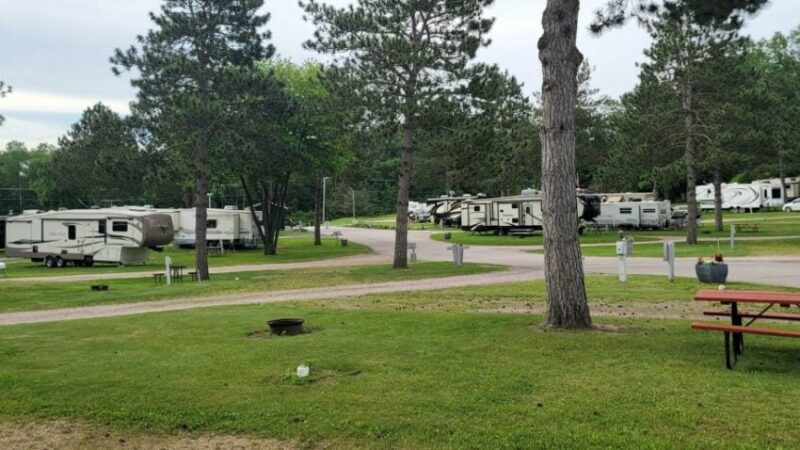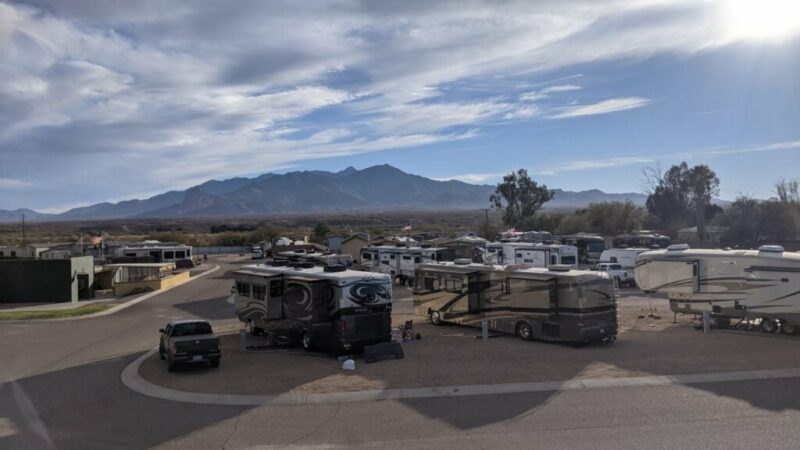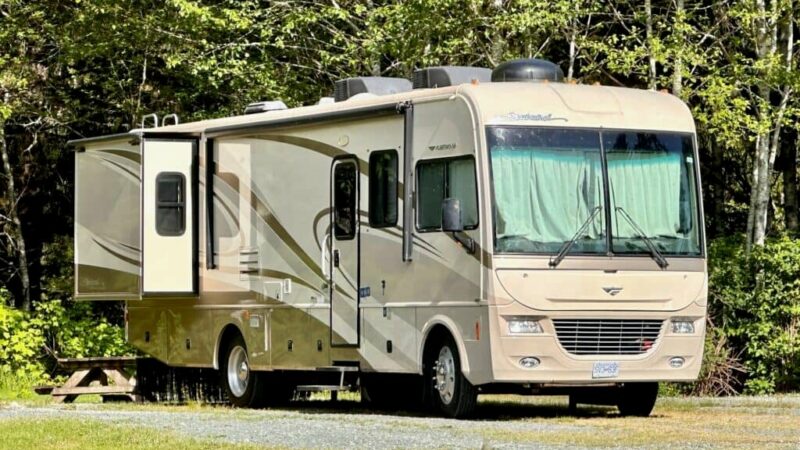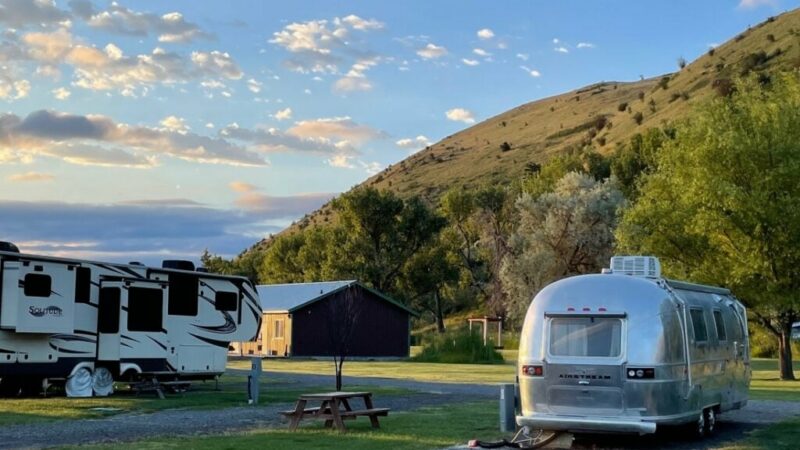What RVers Should Expect During the 2024 Solar Eclipse
When I was in elementary school, a partial eclipse passed over New Orleans. It was an incredible event. I had never seen anything like it in my life. I remember the feeling of awe as all of the kids gathered on the playground to experience it. Our science teachers excitedly explained that the moon was passing in front of the sun. One of the teachers had obsidian glass where we could see the moon slowly pass in front of the sun. But the shadows were what astounded me the most. It was like being on another planet. This memory is what propelled me to pack up my family and our dog in 2017 and drive 14 hours to experience totality. Was it worth it? Absolutely. Do I recommend the eclipse experience for RVers? Of course I do!
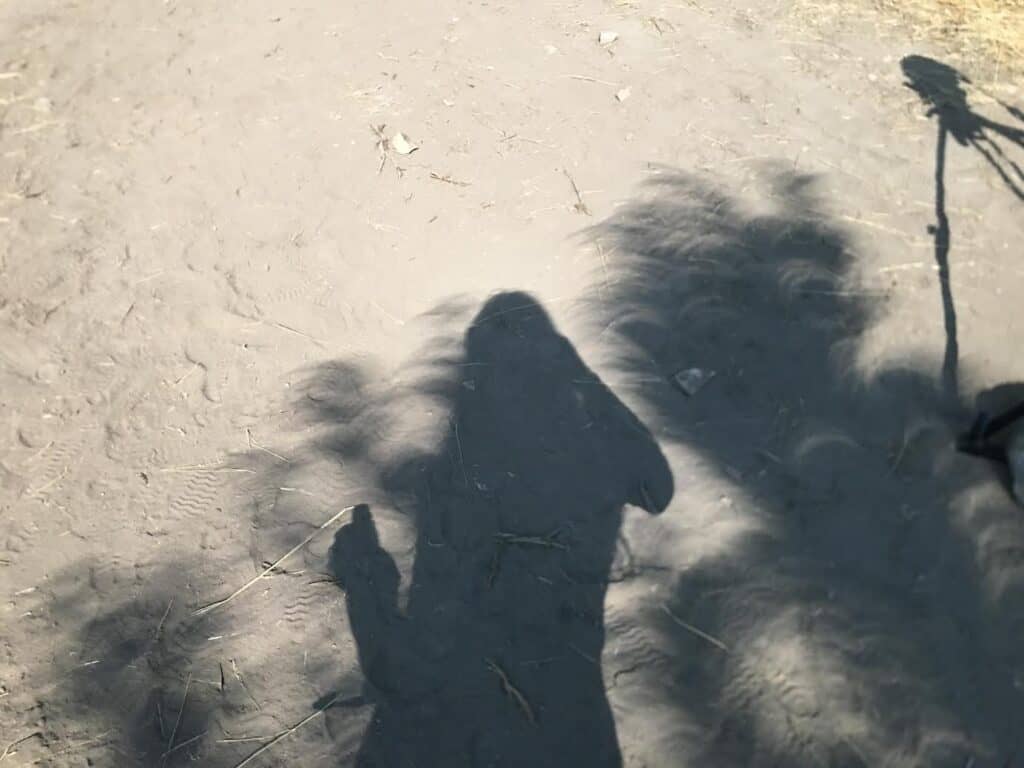
The 2024 solar eclipse occurs Monday, April 8. Times vary based on location, but expect the event to last between 1pm and 4pm Eastern time.
Helpful Hints
- NEVER look directly at the sun during the eclipse.
- Read NASA’s safety guidelines.
- Wear appropriate eye protection when looking directly at the sun. Only use safe solar viewers as explained by NASA here. They should be marked ISO 12312-2 compliant and made by one of the manufacturers listed on this website.
- If you are making the effort to see the 2024 solar eclipse, make sure you are in an area that is in the path of 100% totality, not 90% or 95% or 99%. The next total eclipse doesn’t happen until 2033—and that will only be viewable in Alaska. The next widely viewable eclipse isn’t until 2044—so you might as well see the 2024 solar eclipse it in its full epic expression.
There is a negative to the eclipse: traffic is going to be bad. If you can get to the campground a day or so ahead and set up your campsite in the path of totality, that’s the ideal situation. If not, accept the traffic, put on your favorite tunes, relax and enjoy the journey. You’re on your way to see a total eclipse, and that is pretty cool!
How Long Will It Last?
The entire experience lasts a little over two hours, but the dramatic part of totality averages between 3–4 minutes depending on where you are located. In comparison, the longest totality in 2017 was 2 minutes and 42 seconds. That means the 2024 solar eclipse is going to be even more epic. Totality is an incredible experience but it goes fast, so have all of your gear ready to go. Along with your eclipse glasses, there are fun things to do during the eclipse. You can look at the shadows through a colander (all of the shadows will look crescent shaped) or make an eclipse viewing box.
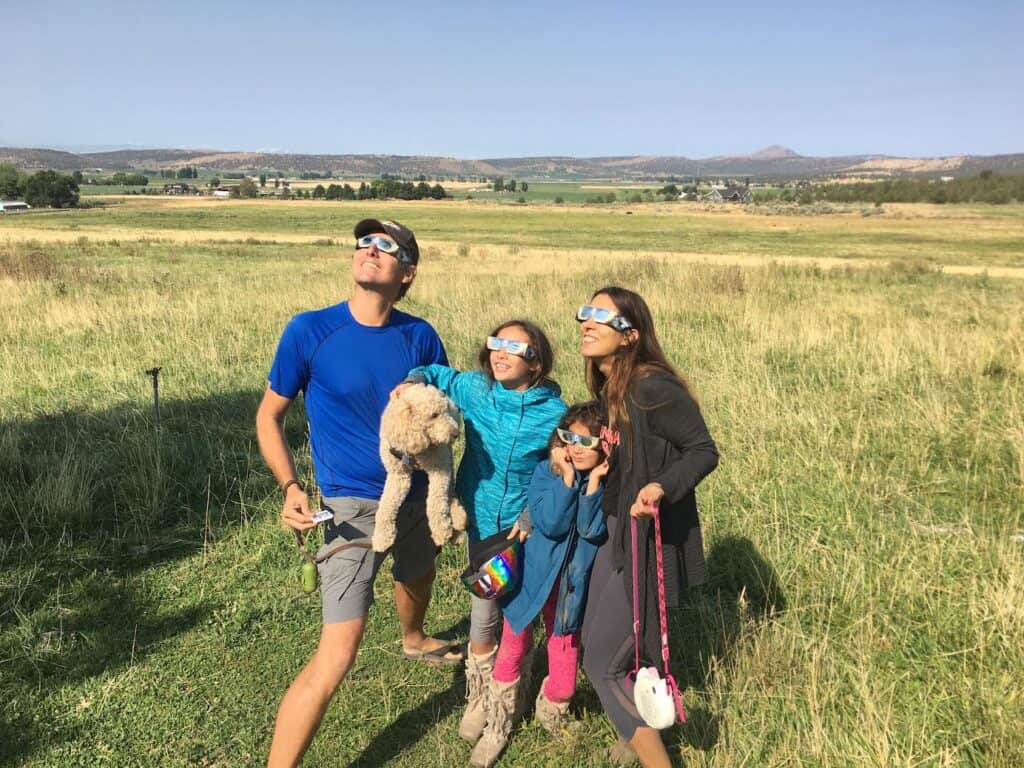
The most magnificent part of the eclipse is when you can see the corona. That’s when the moon fully blocks the sun and you can see the sun’s outer atmosphere. It appears as streams of light peeking out around the black edge of the moon. This is stunning and the most exciting part of the eclipse. According to NASA, this year’s eclipse will be bigger than 2017 because the sun will be at solar maximum and more prominences (loops of lights) and solar streamers will be visible.
If you are unable to see the eclipse in person, don’t worry. NASA is hosting a live webcast so you can enjoy it too on Monday, April 8, 2024 from 1 PM to 4 PM EST. In most of the United States, you will be able to see a partial eclipse, so check out the shadows on the ground! If you want to see the partial eclipse, be sure to use solar eclipse safety glasses too.
To check the exact time of the eclipse during the totality path, use the NASA chart here.
Enjoy this is a once in a lifetime event!
About the Author
When Carol isn’t producing television shows, she’s exploring the U.S. with her family in their Shasta Airflyte trailer. She loves hiking in nature and cooking with friends around the campfire. Check out her litoluxury.com website for stylish camping tablecloths and glamping accessories.
The post What RVers Should Expect During the 2024 Solar Eclipse appeared first on RV LIFE.
Source: https://rvlife.com/what-rvers-should-expect-during-the-2024-solar-eclipse/




